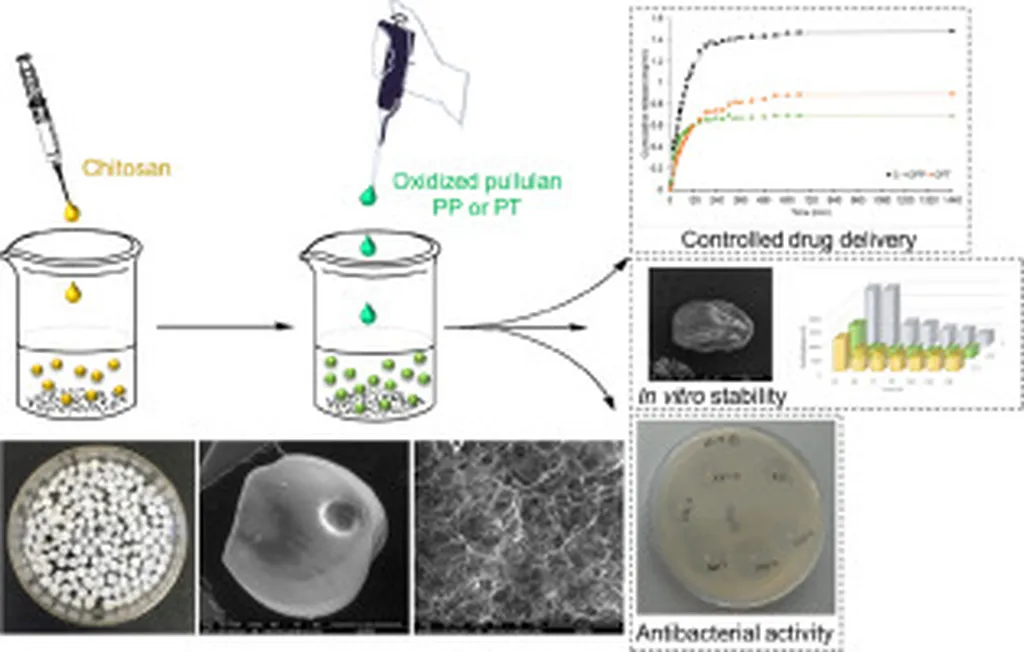In the realm of advanced materials and drug delivery systems, a groundbreaking study has emerged that could significantly impact the medical and energy sectors. Researchers, led by Marcos Blanco-López from the Department of Chemical Engineering at the University of Salamanca, have developed innovative thermosensitive composite materials by merging Poloxamer PF-127 with various polysaccharides. This research, published in the journal “Macromolecular Materials and Engineering” (translated as “Macromolecular Materials and Engineering”), opens new avenues for enhancing functional properties in hydrogels, with potential applications far beyond the medical field.
The study focuses on modifying the thermosensitive poloxamer Pluronic Acid F-127 (PF-127) by incorporating polysaccharides such as xanthan gum, alginate, gellan gum, and levan. By synthesizing hydrogels with different ratios of these polysaccharides and PF-127, the researchers observed significant improvements in the material’s properties. “Adding polysaccharides to the hydrogel matrix increases storage moduli from 8 to 11–18 kPa and viscosity from 4.5 to 6.1–7.1 Pa s,” explains Blanco-López. This enhancement in mechanical properties is crucial for developing more robust and effective drug delivery systems.
One of the most notable findings is the shift in gelation temperature, which moves from 34°C to between 22 and 31°C, depending on the polysaccharide used. This thermosensitivity is a key factor in controlling drug release profiles. “The micellar aggregation capacity (MAC) and gelation temperature shift are critical parameters that can be finely controlled based on the polysaccharide used,” Blanco-López notes. This precision allows for tailored drug release durations, which can be prolonged up to four times longer compared to hydrogels made with PF-127 alone.
The study also introduces a mathematical model to analyze the experimental results, taking into account polymer chain release. The hydrogel’s degradation rate and viscosity are primary determinants of drug release duration. This model provides a valuable tool for predicting and optimizing the performance of these composite materials.
The implications of this research extend beyond the medical field. In the energy sector, for instance, these advanced materials could be used to develop more efficient and sustainable energy storage systems. The enhanced mechanical properties and controlled release capabilities of these hydrogels could lead to innovations in battery technology, thermal energy storage, and other applications where precise control of material properties is essential.
As the world continues to seek more effective and sustainable solutions, the development of these innovative thermosensitive composite materials represents a significant step forward. By merging Poloxamer PF-127 with polysaccharides, researchers have unlocked new possibilities for enhancing functional properties and controlling drug release profiles. This research not only advances the field of materials science but also paves the way for future developments in various industries, including energy. The study, published in “Macromolecular Materials and Engineering,” underscores the importance of interdisciplinary research in driving innovation and addressing global challenges.

